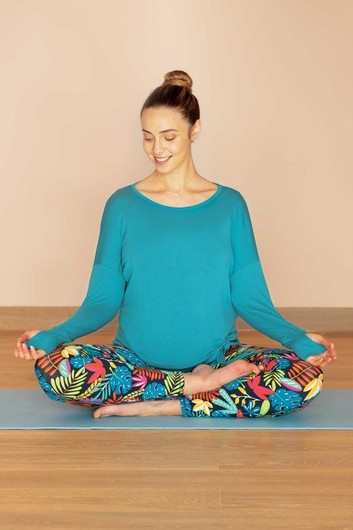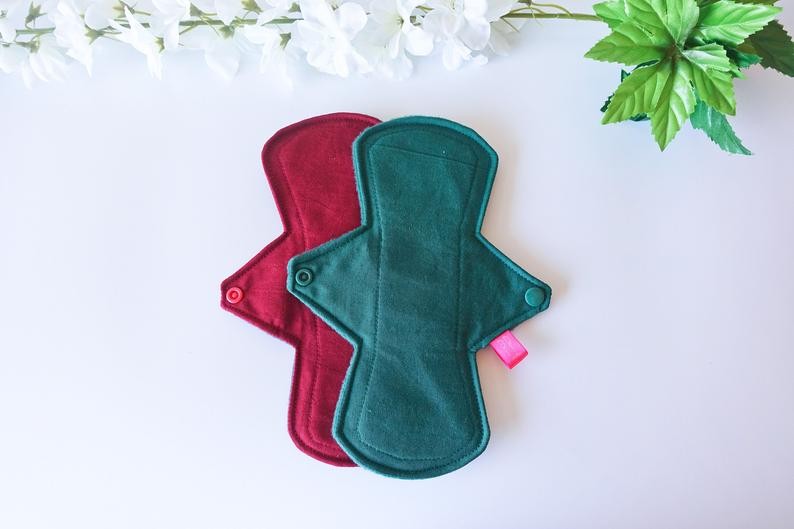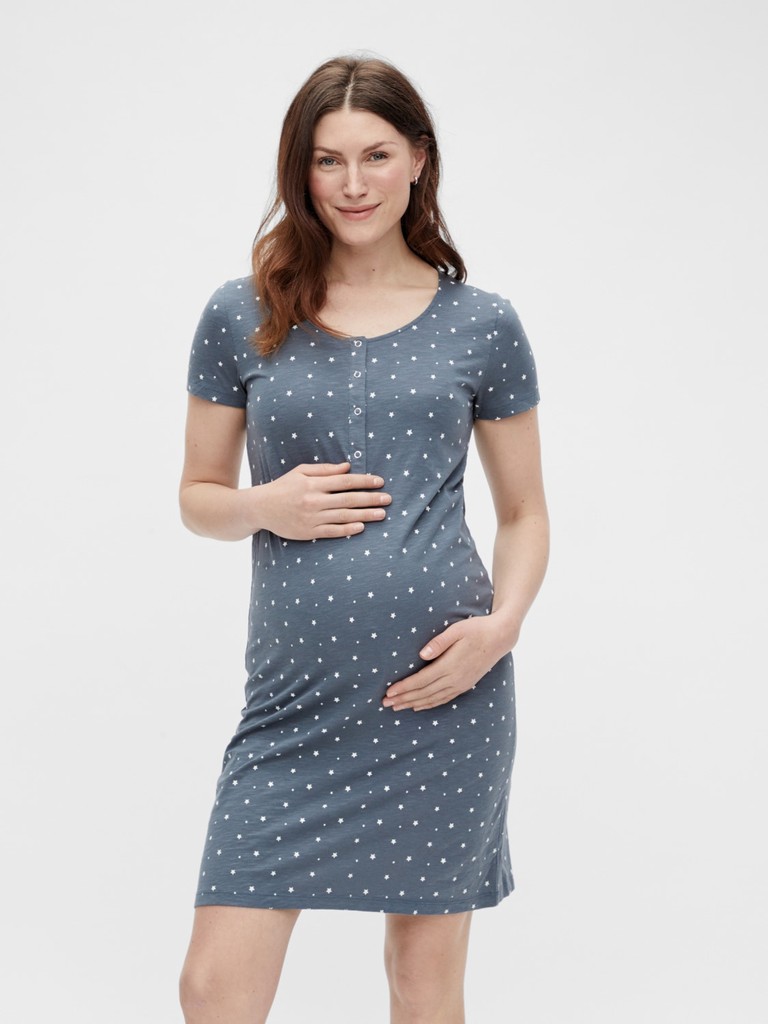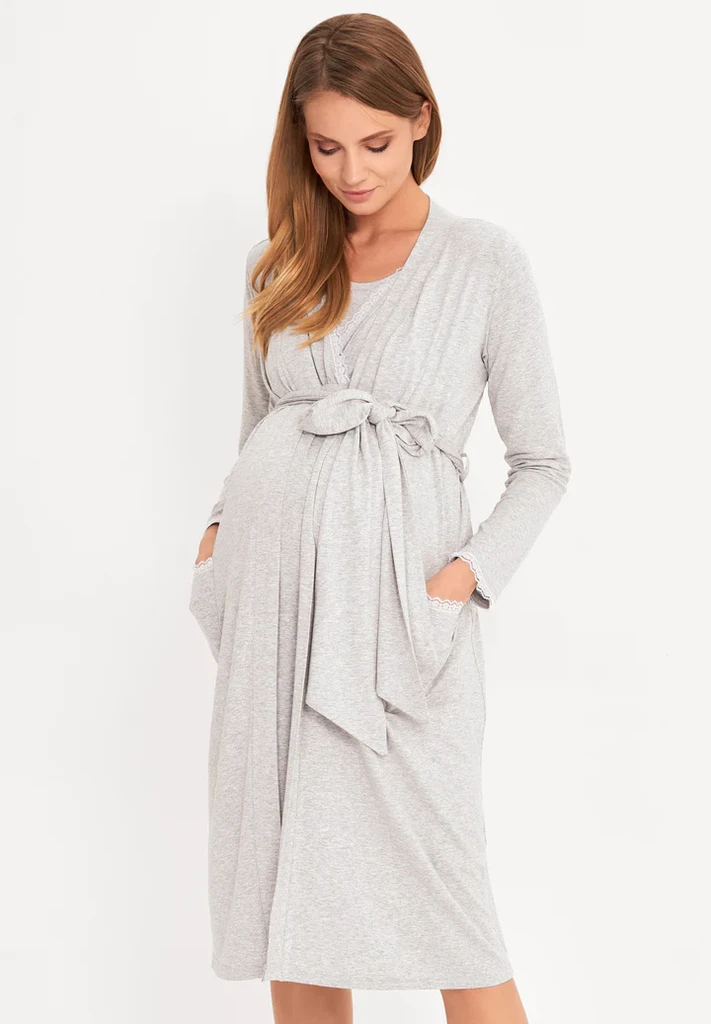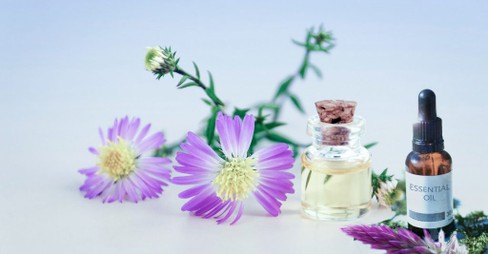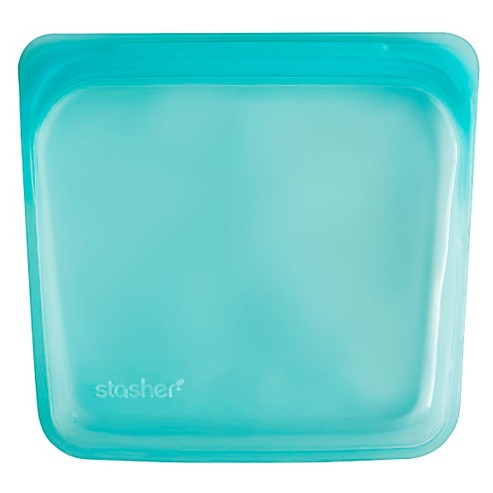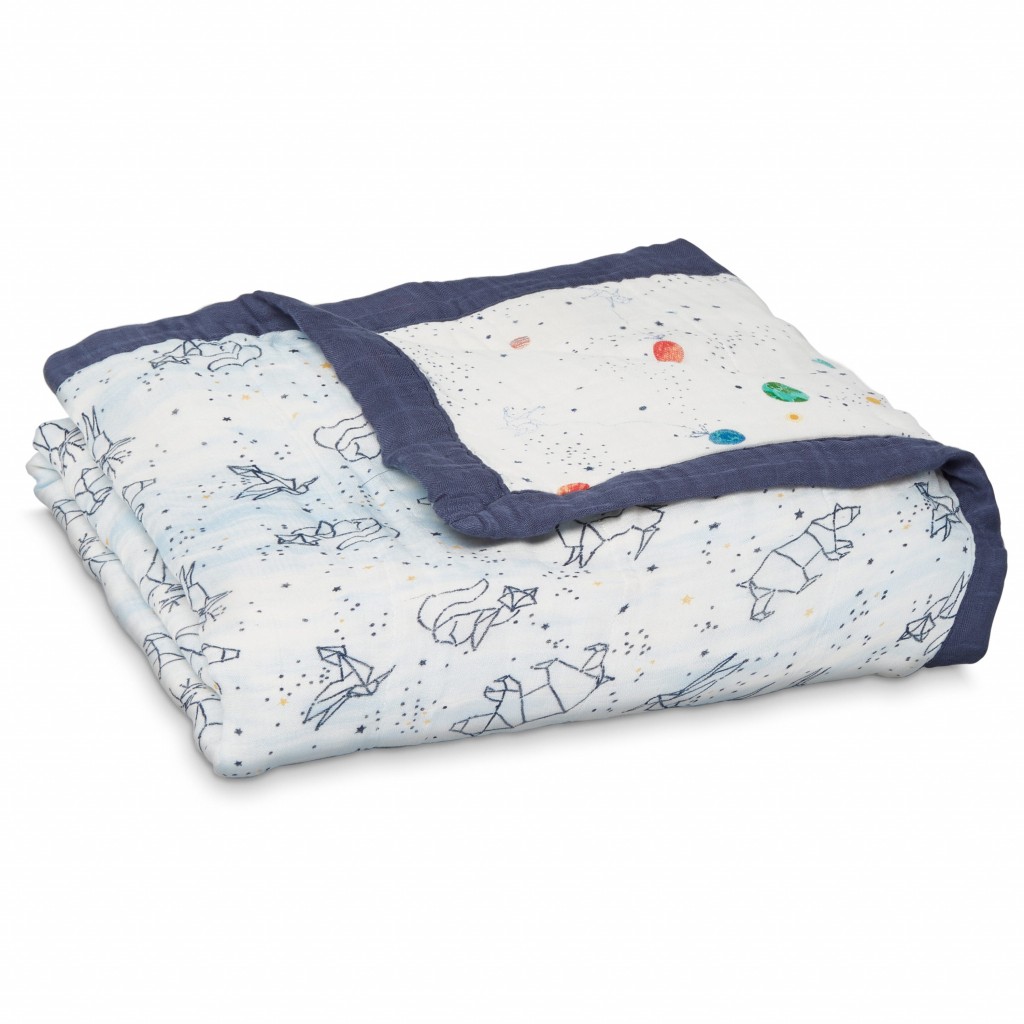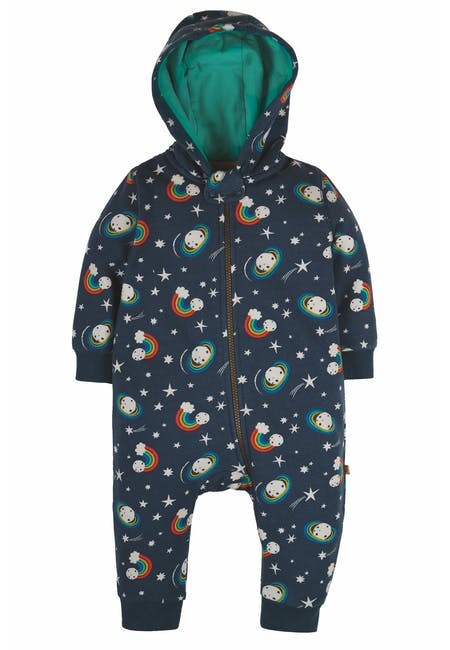One of the most exciting parts of the third trimester of pregnancy is packing that hospital bag. Somehow it makes everything seem a bit more real – after weeks upon weeks of morning sickness, maternity appointments, your bump gradually getting bigger, you actually start thinking ahead to the big day when baby comes.
Figuring out what to put in your hospital bag can seem like a big task, especially if it’s your first time giving birth – how do you know what you’ll really need and what is a waste of precious space?
In this blog I’m going to give you a run down of what I think the essentials are for you, baby and even your birth partner. I’ll also highlight some gorgeous ethical, eco-friendly products that I recommend and let you know what items that go on everybody’s list but absolutely NOBODY needs!
BABY! This is a reusable block, so whatever edits you make in it will apply everywhere it is used. If you want to remove this disclaimer from a post then be careful to delete the parent block (type ‘Reusable Block’ – icon is lego brick), and not to delete the group, image and/or the paragraph blocks (cos then they’ll be deleted from every instance of the reusable block).
Disclaimer: This post contains ethical affiliate links that I genuinely recommend. I may receive a small percentage of any purchases you make as a result of clicking those links. This comes at no extra cost to you and helps me to run this site. Read my full disclosure
When should you pack your hospital bag?
This partly depends on your personality and how well organised you like to be for things in advance, but personally I wouldn’t leave it too close to your due date no matter how devil-may-care you are. The last thing you need is to go into labour earlier than you thought and have to all of a sudden think about packing!
Most people I’ve seen talking about this say do it two weeks before your due date. My own rule of thumb is to be all packed and ready to go into labour by the 37 week mark as this is when you are officially full term.
Do you need a hospital bag if you’re having a home birth?
I planned and had a home birth but I still packed a “just in case” hospital bag and would highly recommend that you do too. If you’ve got a home birth planned I appreciate that you might not want to potentially “jinx” things by packing a hospital bag, but honestly you will regret not having one if you do end up transferring for whatever reason. I don’t know about you but the thought of trying to figure out what to take to the hospital in a rush and in the middle of labour is just way too stressful for me!
Just to reassure you, most transfers from home to hospital are not frantic emergencies but happen in plenty of time and at the mother’s request. I have more on the most common concerns about home birth on my Essential Guide To Giving Birth At Home article.
What should you pack in your hospital bag for mum?
So, first things first – the practical side of things:
- Your birth plan and hospital notes – keep a list of important numbers in here too (partner, doula, parents etc), even if they’re already on your phone.
- Something loose and comfortable to wear during labour that does not restrict you or make you feel hot. I changed clothes SO many times during labour as things progressed and I had different needs in various stages, so pack a few options. I spent most of my time in a loose cotton nightshirt before I moved into the birthing pool.
- A tankini or bikini top if you’re planning a water birth and don’t want to go topless (for obvious reasons, you don’t need the bottoms!)
- 2 or 3 nursing bras if you’re planning to breastfeed.
Comfy clothes
Most straight forward vaginal births end in mother and baby being sent home from hospital within a day or two, and you don’t exactly need to pack for an extended holiday! But if for any reason you do need to stay a bit longer you’ll want some clothes to pad around the hospital in. It does end up feeling grungy if you stay stuck in PJs all day every day and just slipping on some proper clothes can make a huge difference to your psyche when you’re in hospital.
Personally I packed three changes of clothes, including one to go home in. You’ll obviously have your own personal style and clothes that feel comfy to you, but I thought I’d point you in the direction of Frugi who have just started doing maternity loungewear if you’re in the market. As you’d expect from this creative, organic brand, Frugi have thrown out the traditional navy Breton stripes that plague most maternity wardrobes and come up with some lovely colourful, stylish maternity options.
As always, their clothing is 100% organic, sustainable and uses innovative technology to come up with the most eco-friendly option possible. I have clothed Ursula in Frugi since birth and I am SO bummed they didn’t launch their maternity range until it was too late for me. Errr, it is silly to get pregnant again just so you can buy awesome maternity clothes, right?!
Eco-friendly maternity pads
This is one of the biggest areas of waste I see in hospital bag lists. Often people recommend disposable knickers as well as maternity pads and I cringe at the thought of all that unnecessary landfill.
That said, I did use Natracare disposables for the first few days as I didn’t want to deal with washing reusables so soon after birth. Natracare are free from plastic, chlorine and other nasty chemicals and are made from organic cotton, so even though nothing is biodegradable in landfill, they’re the most eco-friendly disposable option out there. I then switched to reusables after I felt a bit more physically capable.
I highly recommend Velvet Wallet postpartum pads from Etsy as a lovely, comfortable maternity pad. If you’re not UK-based, there are plenty of alternative reusable postpartum options on from international sellers Etsy.
Along with your eco pad of choice, make sure you take 5 or 6 pairs of big, comfy knickers.
- A wash bag with a toothbrush, hairbrush, flannel, perfume-free soap, lip balm, deodorant, hair ties any other toiletries such as contact lenses if relevant, plus any medication you take
- At least one large towel for a shower after birth – don’t take your finest white organic cotton though!
- Water bottle – at least one, frankly, as you’ll need a pretty much constant supply of water both throughout birth, nursing and night waking.
Maternity nighties
I personally would say that some good quality maternity-nursing nightwear is an important investment, especially if you are planning to try and breastfeed.
The early weeks of mothering a newborn is a pretty intense period of trying to establish breastfeeding and helping your new baby to adjust to life this side of the womb. Meanwhile you’re recovering physically from the birth and comfort is key to being able to cope with this period of time.
I found that I didn’t have nearly enough soft, comfortable, high quality nightwear and loungewear to see me through this ‘fourth trimester’ period. If I had my time again I’d definitely make it a priority to invest in.
In terms of eco friendly, ethical maternity wear, there’s not a huge amount out there on the market, but the wonderful Mamalicious have a range of soft, organic nursing-friendly nightwear including this lovely nightdress.
- Warm socks – hospitals can go from one extreme to the other in terms of temperature, as can you with birth and post-birth hormones flying all over the place! Good idea to take some cosy socks in case you feel chilly.
Dressing gown
Another essential maternity clothing item I’d say as you’ll need something cosy to throw on when you need to go down the corridor to the loo or when you’re receiving visitors. I for one spent a fair bit of time in my nursing nighty and dressing gown in the first few weeks, so you get your money’s worth.
Personally I love this one from Lily & Ribbon. I struggled to find a strictly ethical or even organic maternity dressing gown, I’m afraid. However, Lily & Ribbon are a small, independent UK-based business who use profits to support maternal mental health charities so I felt that was a good ethical credential.
- Slippers and flip flops for the shower – sadly NHS hospital shower rooms aren’t always the cleanest so you’ll want something on your feet
- Your own pillow with a clean pillow case – again, you can’t always rely on the quality of hospital pillows and covers so take your own to guarantee your comfort. I’d say it’s a must in times of COVID-19 too for hygiene reasons.
- Phone charger. If you don’t have a spare one to keep packed and ready to go in your bag, do what I did and make a list of the little things that need to be grabbed and thrown in the bag at the last minute. Make a check list of last minute necessities (listing where they’re kept if you’re super organised!) and put on top of your hospital bag for your partner.
Now moving onto the essential self-care items:
Massage oil and essential oils
These are for your partner to help you through the birthing process and it’s not just a hippy-dippy nice-to-have – studies have shown that use of aromatherapy in labour reduced women’s uptake in additional pain interventions such as pethidine and epidural.
It also significantly reduced unpleasant birthing symptoms such as nausea and vomiting. I wish I’d known that before I gave birth, and I bet my birthing team did too…! ?
You can read a very thorough NHS document on use of aromatherapy in labour HERE to find out more details on the science and benefits, but meanwhile here are the most beneficial essential oils to use in labour:
Clary Sage
Effects Anti spasmodic, tones the uterus, analgesic (strong), antidepressant, anti viral and sedative. A strongly relaxing oil that can reduce anxiety, stress and depression. It can assist contractions and accelerate labour.
Contraindications Women who have had LSCS (lower segment Caesarean section) or have a uterine scar.
Frankincense
Effects Anti-inflammatory, antiseptic, antibacterial, anti-fungal, antiviral, analgesic, calming but mentally stimulating. Can help panic, anxiety and nervous tension. Good analgesic and emotionally balancing. Recommended in situations of maternal panic i.e. transition.
Contraindications None
Jasmine
Effects Emotionally uplifting. Enhances confidence and optimism. Analgesic and enhances uterine action.
Contraindications Women who have had LSCS (lower segment Caesarean section) or have a uterine scar.
Lavender
Effects Relaxing, sedative, balancing, calming, analgesic, antibacterial, hypotensive antispasmodic, muscle relaxant. Can aid coping, reduces muscular aches and pains. Helpful with anxiety, stress and insomnia as emotionally calming. Has analgesic properties, good for headache/migraine. Can aid healing.
Contraindications May not be suitable for mothers who suffer with hay fever or asthma triggered by pollen.
Mandarin
Effects Sedating, relaxing, calming, antispasmodic, digestive stimulant, revitalising. Enhances maternal wellbeing and mood. Recommended for restlessness, agitation and exhaustion.
Contraindications Avoid exposure to strong sunlight/UV light for 12 hours after massaging into skin as can increase the risk of sunburn.
Peppermint
Effects Can help reduce nausea and vomiting in labour and heartburn and indigestion. Relieves muscular aches and pains, headache and migraine. Calming for anxious and stressed women and refreshing for tired women.
Contraindications May cause skin irritation – best used in foot bath or diffuser.
Roman Chamomile
Effects Anti-spasmodic, anti-inflammatory (strong), bactericidal, antidepressant, calming. Can be used in a similar way to lavender to assist ability to cope with labour as is emotionally calming. Helps with nervous tension, stress and insomnia. Analgesic. Valuable for skin rashes, eczema, pruritus.
Contraindications None
Rose
Effects Calming, relaxing, analgesic, antibacterial, stimulates the immune system, antiviral. Promotes a feeling of wellbeing. Use for poor obstetric histories such as, bereavement, and depression. It can enhance uterine action. Good for sensitive skins.
Contraindications None
You (or more likely, your partner) can use these oils in a diffuser or foot bath as well as traditional massage oil. If you’re going for massage, the best carrier oil for use during labour is grapeseed as it helps to aid absorption nice and quickly. It’s also free from contraindications and is light and easy on sensitive skin.
My long-term go-to for all essential and carrier oils is the award-winning Neals Yard Remedies, who not only make high-quality organic products, they have long been striving for the most eco friendly packaging they can access.
- Perineum bottle – full disclosure, this is made from plastic so isn’t particularly eco-friendly in and of itself, although if you take to it you might find yourself giving up on toilet paper for good! I still wouldn’t do without this with a vaginal birth – it was an absolute lifesaver. Fill it with water to help you in your first few painful trips to the loo after birth. You can go one step further and make the herbal postpartum bath from my postpartum recovery guide and help aid vaginal healing in the process.
- A means to play music, podcasts, hypnobirthing tracks etc. For me it was my waterproof Bluetooth speaker but however you listen to audio, I definitely recommend taking it with you. Even if you don’t feel the urge to make carefully curated birthing playlists, you never know when you might have a hankering for a particular song or need some hypnobirthing tracks to help you get to the finish line. If you’re not yet up on hypnobirthing, check out my beginner’s guide to hypnobirthing post to learn more about this powerful birthing tool.
- Fan to cool you down – whether hand fan or electric, labour is hot work so this is super helpful.
Snacks in a stasher bag
Labour can also be hungry work and it’s a good idea to have your chosen snacks on hand, preferably in a handy grab-able bag so your partner doesn’t have to rummage around desperately searching for a half-squashed banana.
Stasher bags are 100% pure non toxic silicone and you can use them again and again in a multitude of circumstances. They’re dishwasher-proof and can hold a decent-sized sandwich or about 10 energy bars (and let’s face it, you’ll need a LOT of energy!)
I didn’t want to eat anything during labour itself but after spending 13 hours getting a small person to come out of me I was keen to get eating quickly once she arrived! Make sure you pack your favourite energy-boosting snacks not just for during and immediately birth but for any prolonged hospital stay as well.
Obviously you do you with your favourite snacks, but I just want to give a shout out for my favourite organic Fairtrade tropical mango energy bars via Ethical Superstore.
- Coconut water – this is excellent for hydrating you quickly and giving a natural energy boost.
- Arnica and Rescue Remedy – as I talked about in my postpartum recovery post, arnica and Rescue Remedy were crucial for my physical and emotional recovery from birth.
What should you pack in your hospital bag for baby?
I’ve got a whole other blogpost on what you’ll need for your newborn, but in terms of what you need to pack for baby in your hospital bag, keep it simple:
- Babygrows and vests – my rule of thumb is that a newborn will get through two babygrows and two vests in a 24 hour period, so allow for that and chuck an extra couple in for luck. Look for babygrows with zips, they’re a lifesaver during night changes!
- Nappies, wipes and nappy bags – these are my favourite eco-disposables and perfect for the first few days after birth when you’re recovering and finding your feet after baby’s arrival. When you’re ready, check out my Ultimate Guide To Reusable Nappies post for a more ethical and eco-friendly option.
Receiving blanket
Newborn babies shouldn’t sleep with any loose blankets or other objects in their cots for SIDS safety reasons, but a nice cosy blanket is very handy for wrapping them up in your arms.
Baby’s first blanket is another very personal choice but, given that this post is now basically descending into me doing a load of window shopping for another hypothetical baby(!), I wanted to highlight this gorgeous one from aden + anais.
Made from 100% bamboo, a more sustainable alternative to cotton, a+a’s blankets and swaddles are notoriously soft, squishy and generally designed to give you all the feels.
It’s generously sized and will serve as an excellent tummy time blanket when the time comes, as well as keep your baby cosy at night when you blink one day and they’re suddenly a toddler in a big bed.
- Muslin squares – a good dozen of these I’d say. For us, we got through SO many muslins dealing with reflux and general spit-up in the early weeks and I was eternally grateful for having seen a YouTube newborn essentials video telling me to get as many muslins as I could. If you can, invest in all organic with something like Frugi.
- Swaddles – not everyone wants to swaddle but personally I found it helped settle Ursula in those early, fractious newborn days. You can either opt for the traditional flat swaddle blanket, or skip the origami and go for a swaddling sleeping bag like the Love To Dream. Whichever option you choose, invest in at least two so you have one to wash and one to wear.
A snuggle suit and hat if it’s cold
Not essentials for me as Ursula was born at home in the middle of a heatwave, but newborns can’t self regulate their temperature at either end of the extreme. If it’s cold when you have your baby, you’ll need cosy outwear for when you leave the hospital.
Again, Frugi are your go-to for high-quality ethical clothing, so I definitely recommend going to them first if you’re looking to invest in a winter pram suit. Specifically, they do snuggle suits that are footless and not over-padded, which is very important if you plan to babywear. Babywearing a newborn in a traditional padded snowsuit with feet puts them at risk of overheating and puts way too much pressure on their delicate feet.
A warm but light, footless all-in-one is the way to go, with warm booties, mittens and a hat to protect their extremities. Check this brilliant article for more on dressing your baby appropriately in the cold.
- Soft newborn sling – babies want to stay as close to Mama as possible after birth so a soft newborn sling like this one from Ergobaby is definitely an essential.
- A car seat for the trip home – make sure this is fitted properly in advance. You don’t want to be faffing around with instructions in the hospital car park when you’re finally on your way home! Personally I would choose the Donna car seat, which has not only passed the European Safety Standards for car seats, it’s the only infant seat to transform into a mini stroller to make popping in and out of the shops super easy. It comes with the option of fitting with an ISO fix and is suitable up to approximately 15-months old too so you get your money’s worth. Important: Please note that you must only use it as a stroller for very short amounts of time and it mustn’t be used to replace a proper flat baby pram. This is because babies should not be left strapped into the unnatural position they’re in with a car seat for a long time.
What should a partner pack in a hospital bag?
Let’s not forget about your birthing partner in this process – they’re going to need some bits and bobs too, depending on COVID restrictions in your area and how long they’ll be allowed to stay in the hospital with you. Assuming they’ll be allowed to stay with you throughout the birth and for a few hours afterwards, they’ll probably need:
- Change of clothes
- Toothbrush and toothpaste
- Own pillow/blanket – if they’re allowed to stay overnight it might be touch and go whether they get much of a bed or even bedding
- Change for car park/vending machines – most hospital car parks have a card facility these days, but don’t depend on them working. Change may come in handy for other hospital resources too like vending machines
- Snacks – the last thing you need is a hangry birthing partner on your team!
- Phone charger – they’ll probably be doing most of the phone-based announcements once baby is born so their charger is super important!
and finally… What should you not pack in your hospital bag?
So these might be controversial as they’re on simply every single hospital bag essentials checklist blog out there but here goes:
- Scratch mitts – those teeny tiny little gloves that everyone tells you are essential for newborns. Honestly, they’re not! In reality, they’re super annoying for babies and super annoying for you as they’re a fiddle to get on, come off in an instant and get lost almost instantly.
Plus, unless your baby has a skin condition and genuinely needs their face to be protected from their fingernails (in which case, cut the fingernails first I say!) it’s my opinion that a newborn baby needs the sensory, tactile comfort of being able to touch their own face. They also benefit from feeling their fingers moving as it helps them to gradually orient themselves in this strange new worlds by feeling the space around themselves.
If you still feel like you’re missing something by not buying scratch mitts, just look out for babygrows and sleepsuits that have them already built in – then you have the option if your baby turns out to be an obsessive scratcher (hint, they probably won’t!).
- Breast pads – now my own breastfeeding journey was hindered by a medical condition so arguably I’m not the best judge here, but I still stand by not rushing to buy breast pads for your hospital bag. For one thing, the first few days when you’re likely to be in hospital are all about colostrum production, which isn’t the big potentially-leaky milk flow that needs breast pads. But also, a lot of women just don’t leak very much and lots end up not being able to exclusively breastfeed at all, so don’t rush to get something you don’t necessarily need. If you’ve had babies before and know you’re a leaker though, go the green route with Imse Vimse reusables.
So that’s it for my eco-friendly hospital bag essentials list. If you’d like it all in a handy printable list, with space to add your own essentials, click below for your FREE download!
Wishing you all the best in your birthing experience – I’d love it if you’d get in touch and let me know how you get on!
